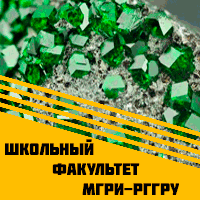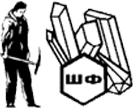Добрый день, Коллеги. Важное сообщение, просьба принять участие. Музей Ферсмана ищет помощь для реставрационных работ в помещении. Подробности по ссылке
Atlas of natural and induced fractures in core / Атлас естественных и искусственных трещин в керне
We were once emailed a long list of questions, arranged with paragraph‐sized spaces below each question for our detailed answers and including photos of specific cored fractures, from a student starting to work on fractured cores. The questions were both basic and important, and included queries such as: Are both the slabs and butt of the cores used in fracture studies? How do you distinguish extension from shear fractures? Should I record the induced fractures? The list illustrated some of the problems and uncertainties in understanding natural fractures in core; it also indicated that people charged with assessing fractures in core do not always know enough about fractures, or cores, to make valid assessments.
This atlas is a tool, intended to help geologists recognize, differentiate, and interpret different types of natural fractures, induced fractures, and artifacts found in cores. We hope that this atlas will provide a reference for cored fractures for the industry, one that enables geologists to recognize the differences in fracture types as well as the significantly different effects that the different types have on a reservoir. Moreover, we hope that it fills what we perceive to be a gap in the literature, in that many fractured‐reservoir textbooks start fracture analyses with the assumption that a geologist can already recognize and differentiate the various fracture types in a data set. We sincerely hope that this volume complements the seminal works of Nelson (1985, 2001) and Kulander et al. (1990). <...>




